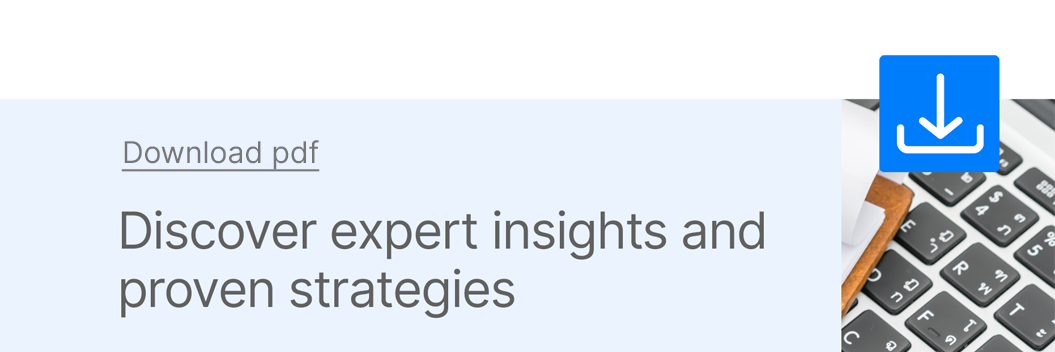FQHC medical billing is an essential component of healthcare services provided by federally qualified health centers (FQHCs). The government pays for these health centers to help people who don’t have insurance or aren’t getting enough care.
This guide introduces FQHC medical billing and provides an overview of eligible services, reimbursement rates, and the requirements for claim submission. It also discusses common billing errors, avoiding them, and resources for further guidance. Now let’s begin.
Understanding FQHC Billing
In contrast to regular medical billing claims, FQHC medical billing claims are challenging. Minor errors can lead to many claim refusals. Medicare and Medicaid reimburse FQHCs via the prospective payment method. To avoid payment delays and audits, medical billing businesses must ensure that their FQHC medical billing claims have the correct CPT, HCPCS, revenue, and “T” codes.
It is crucial to comprehend the “wrap billing” concept between the Medicaid MCO and Medicaid to achieve faster reimbursement.
FQHC’s Certification
There are two ways for a healthcare provider to sign up as an FQHC. The possibilities include applying to a funded healthcare center or a healthcare center program look-alike via the HRSA portal.
For a health center to be eligible, it must undergo strict regulatory and conformance verifications to ensure it meets specific criteria. An FQHC must be a locally run organization that offers thorough, superior primary care and preventative services to all patients, regardless of their capacity to pay.
They must use inter-professional teams with care services and engage with other organizations or providers to enhance treatment and community resources.
FQHC billing-eligible services
The federal government supports community-based healthcare organizations known as Federally Qualified Health Centers (FQHCs). They help people who don’t have health insurance or don’t have enough coverage receive medical, dental, and mental health care.
The FQHC program allows billing for the following services:
- Primary care and preventative services
- Laboratory and diagnostic services
- Pharmaceutical treatments
- Treatments for substance abuse and mental health conditions
- Dental care
- Female healthcare
- Children’s health and paediatrics
- Managing chronic diseases
- Health promotion and education
- Specialized services
FQHC Medical Billing Benefits
- workflow efficiency:
An FQHC medical billing system gives you one place to submit claims, keep track of billing information, and look at your payment history. This helps to streamline and improve the billing process.
- Revenue Growth:
FQHCs that employ an integrated billing system can utilize cutting-edge analytics to monitor billing trends and guarantee prompt payment of all claims, ultimately boosting net revenue.
- Cost Reductions:
An FQHC billing system can save money by reducing employees’ hours on administrative duties by automating processes like payment posting and claim handling.
- Efficacy of Treatment:
With an integrated billing system, FQHCs may better connect with their patients through outreach, appointment reminders, and individualized messages, all of which contribute to higher-quality care.
- Adequate Reimbursement:
It is vital for any healthcare practitioner, particularly for FQHCs, to get the reimbursement that is correct and on a timely basis. Medical staff can speed up reimbursements and increase cash flow by changing billing codes instantly and double-checking with FQHC medical billing systems.
What are the Requirements of FQHC Billing?
Specific requirements must be accomplished and documented for an FQHC to bill for services. They must conform to different Medicare & Medicaid Services and Health Resources and Services Administration requirements (HRSA).
The following are some of the essential criteria:
- To qualify as an FQHC, a provider must hold federal Health Resources and Services Administration (HRSA) certification.
- To correctly document services, the FQHC must use recognized codes and computerized claims systems.
- You need to decide on a specific service area.
- The offered services must adhere to specified content, quality, and patient care standards.
- The provider is responsible for maintaining reliable records of patient contact information and service delivery.
- The provider is subject to several laws and rules from the federal and state governments.
- The provider is responsible for adhering to the policies regarding billing and payment.
FQHC billing claim submission process
- Compile all necessary documentation:
The medical paperwork must contain patient and healthcare provider details, diagnosis codes, medical processes, service dates, and medical billing codes.
- Submit a medical claim:
Fill out the form completely and accurately using the medical records as your guide.
- Attach the necessary paperwork to the claim form:
The claim form must have attached all supporting documents, such as lab results, x-rays, and other photographs.
- Send in your claim form:
Send the payer the claim form and any necessary paperwork through fax, email, or postal mail.
- Monitor the claim’s progress:
Check-in with the payer to see if they got the claim, and keep an eye on it as it goes through processing and payment.
- Track denied or unpaid claims:
Evaluate any rejected or not paid claims, and collaborate with the payer to ensure the claim is resubmitted and appropriately paid.
Common FQHC billing errors and how to avoid them
- Improper coding
Make sure to code services appropriately, following the coding standards. You must include any necessary modifications along with the current procedural terminology (CPT) codes for the service you rendered when submitting claims to the healthcare program for reimbursement.
- Lack of the patient’s current residence in the records:
Check the patient’s address when they sign up and when their demographic information changes. Keep track of the current location and modify it if it changes.
- Wrong diagnostic codes:
Any diagnostic code you include on the claim must be pertinent to the service offered. Verify that the code you select corresponds with the diagnostic findings in the patient’s medical record.
- Choosing the wrong billing company:
Always check the provider’s identity before submitting a claim. Misidentifying the billing source may result in a delay or denial of the claim. Thus, it is essential to verify and ensure that all information on the claim is correct.
Conclusion
Billing for medical services provided by FQHC can be complex because of the many rules and guidelines that must be adhered to, particularly those concerning Medicaid and Medicare.
FQHCs need to understand these rules thoroughly and set up efficient billing systems to ensure they get paid correctly and on time.
Furthermore, FQHCs should assess their billing methods regularly and obtain expert assistance to maintain conformity and optimize reimbursement.









